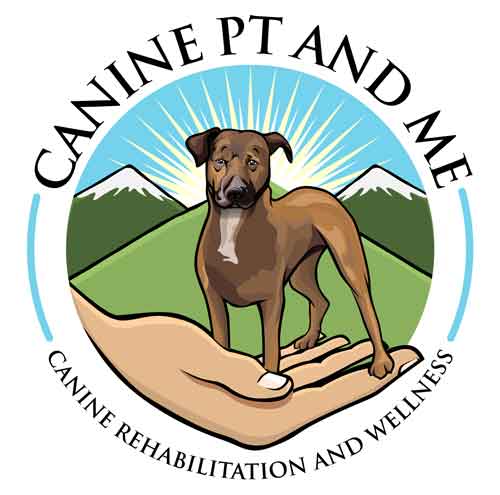How long should I exercise my dog?
This is a seemingly straight forward question, however it has a complex answer. In the rehab world, the answer “it depends” is fairly common and that certainly applies to this question. When our dogs are exercising, we want them to get the most out of their workout. This means that we need to exercise them to reach the overload principle. For some dogs that may be 10 minutes of exercise and for other dogs that might be 30 minutes. Each dog is unique and has their own threshold and tolerance to exercise.
What is the overload principle?
The overload principle is used in human training as well as canine conditioning. It states that in order to see adaptations, you must progress the intensity, duration, type, or time of an exercise. If you continue to train at the same intensity or do the same workout, your dog will only make so much progress. After a while they will plateau with no further improvement or adaptations. However, you can over-train your pup and if you continually over-train, there is potential for injury. So if an exercise is too easy, your dog will not progress but if the exercise is too challenging, you run the risk of injury as well. Therefore, we need to pay attention to signs of fatigue in our pups.
What are some common signs of fatigue?
Some signs of fatigue are easy to pick up on, however others are ever so slight so be diligent about monitoring your pup when exercising. Here are a few signs of fatigue to look out for:
- Panting
- Yawning
- Sitting down/refusing to participate
- Poor form/posture
- Clumsiness
- Getting distracted easily (looking around, licking equipment or the ground)
- Muscle quivering/shaking
- Difficulty following your commands
If you see these signs of fatigue, give your dog a break or call it quits for the day.

As you continue to exercise your pup, make sure you are monitoring their response to each exercise and the session as a whole. It’s not the actual exercise that makes improvement, it is the rest days that help build muscle and endurance. Be sure to allow a few rest days each week as to not over-train your dog and allow time for adaptation to take place. When working on improving strength, balance, or coordination, it will take time so be patient and most importantly, have fun. This is a great time to bond with your furry friend and you would be surprised how much they teach you too!
~Canine PT and Me Team
